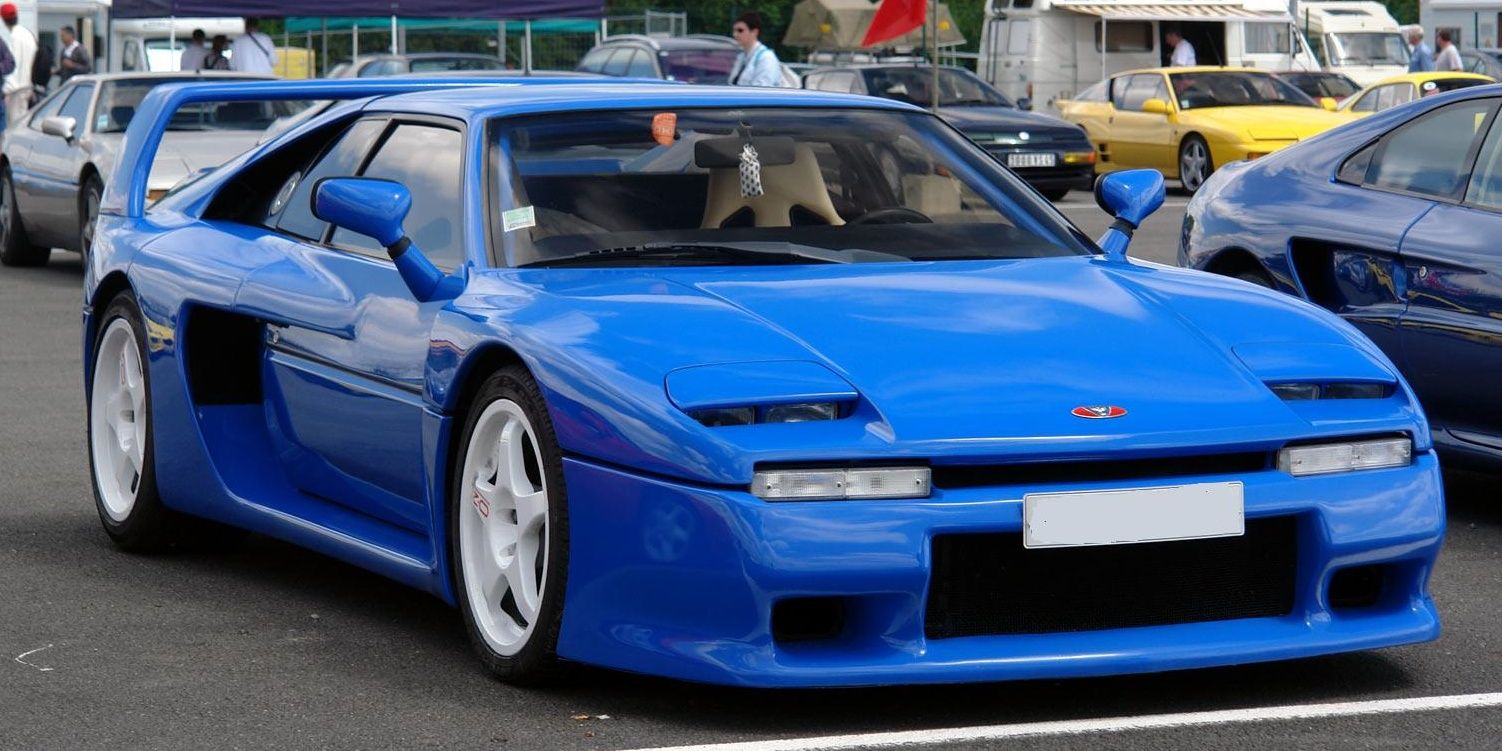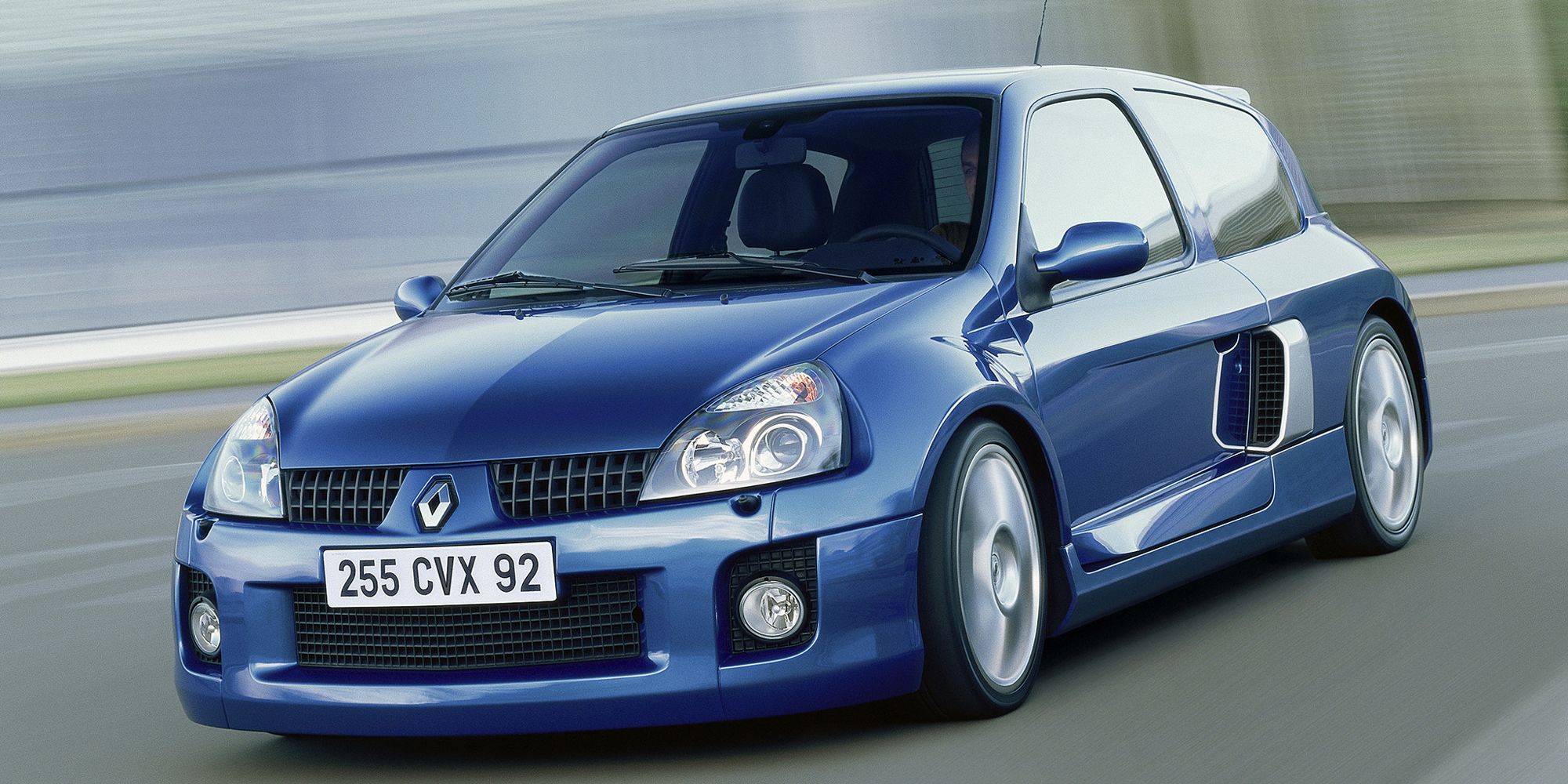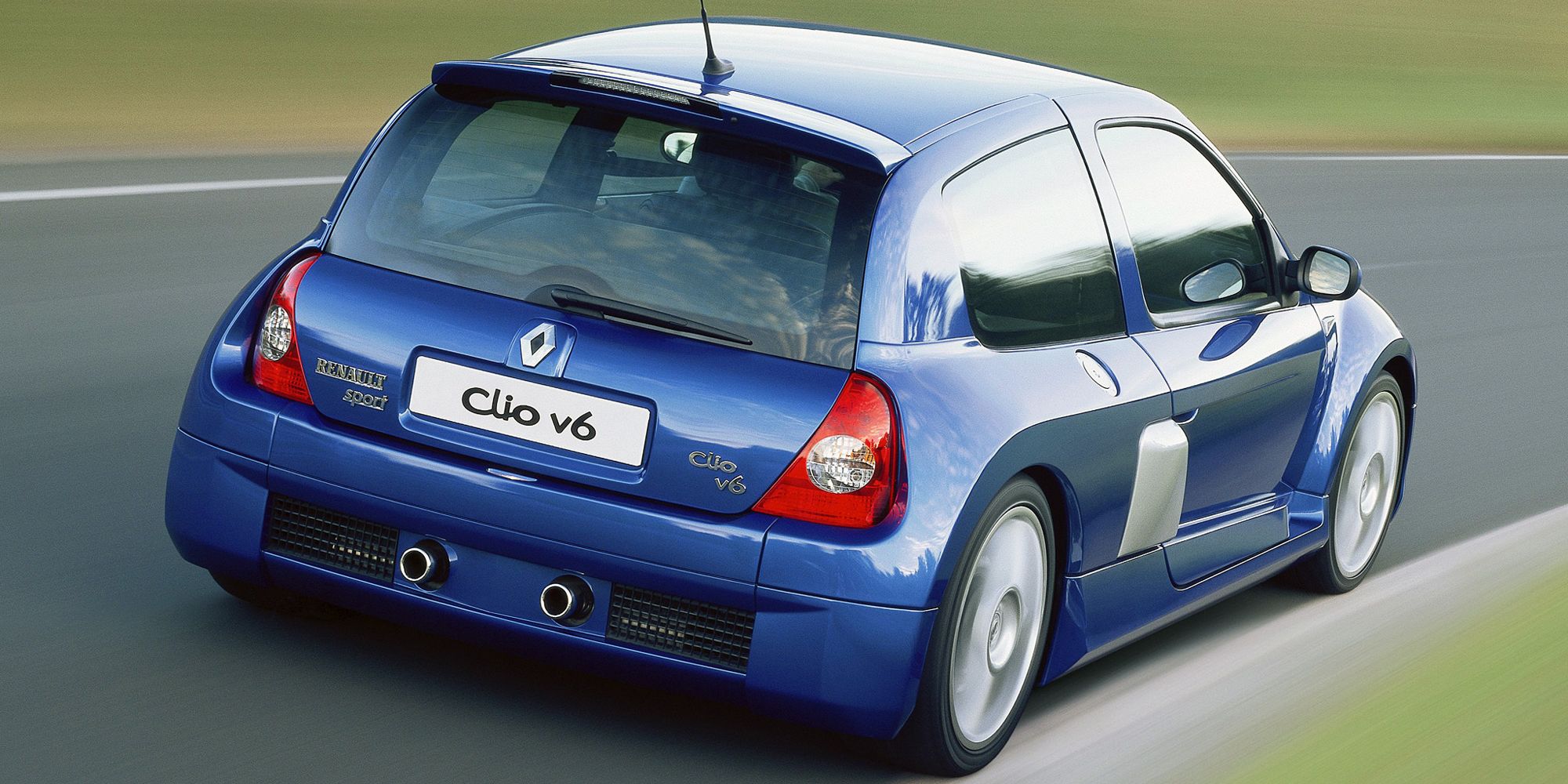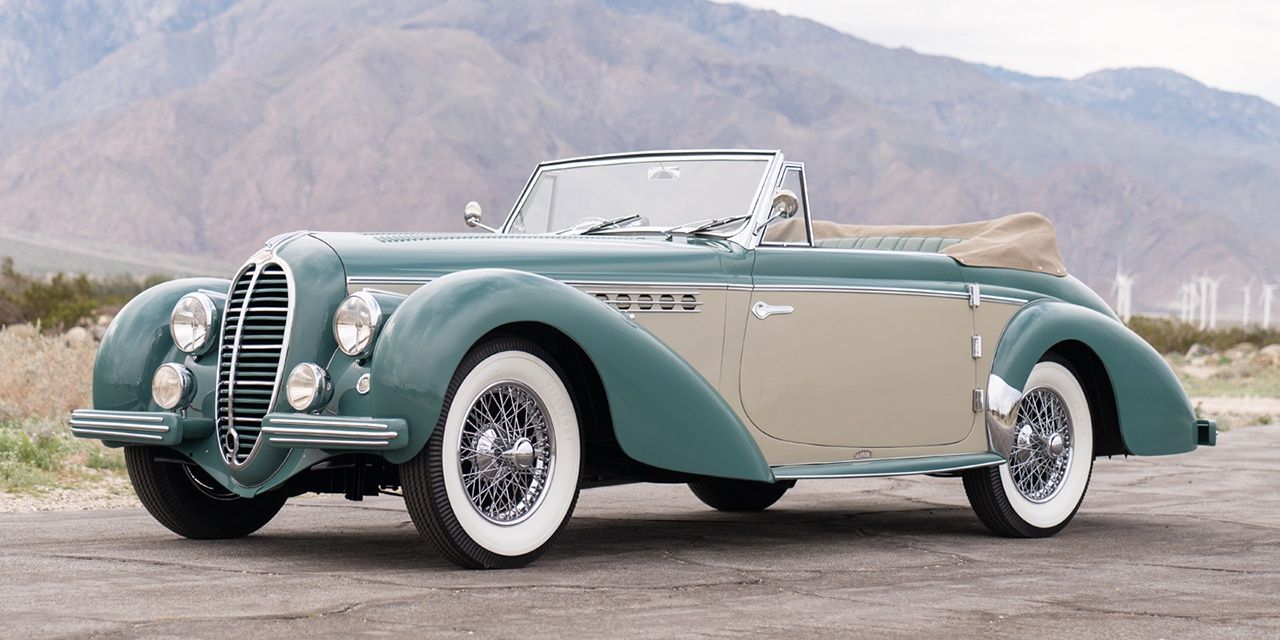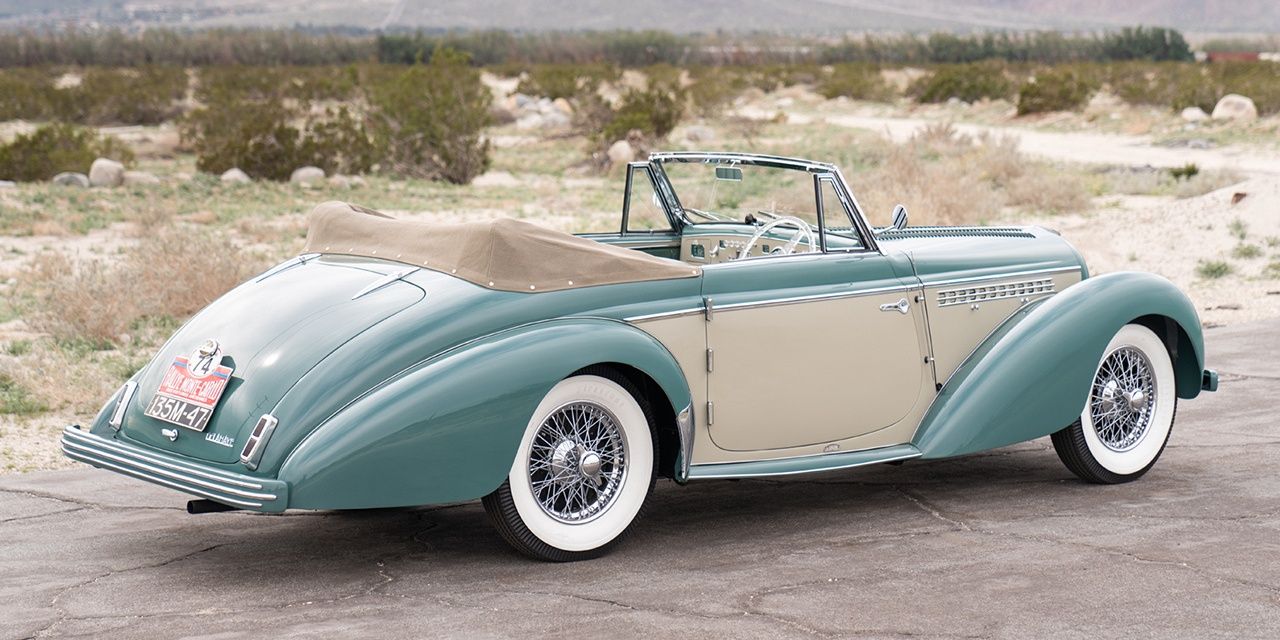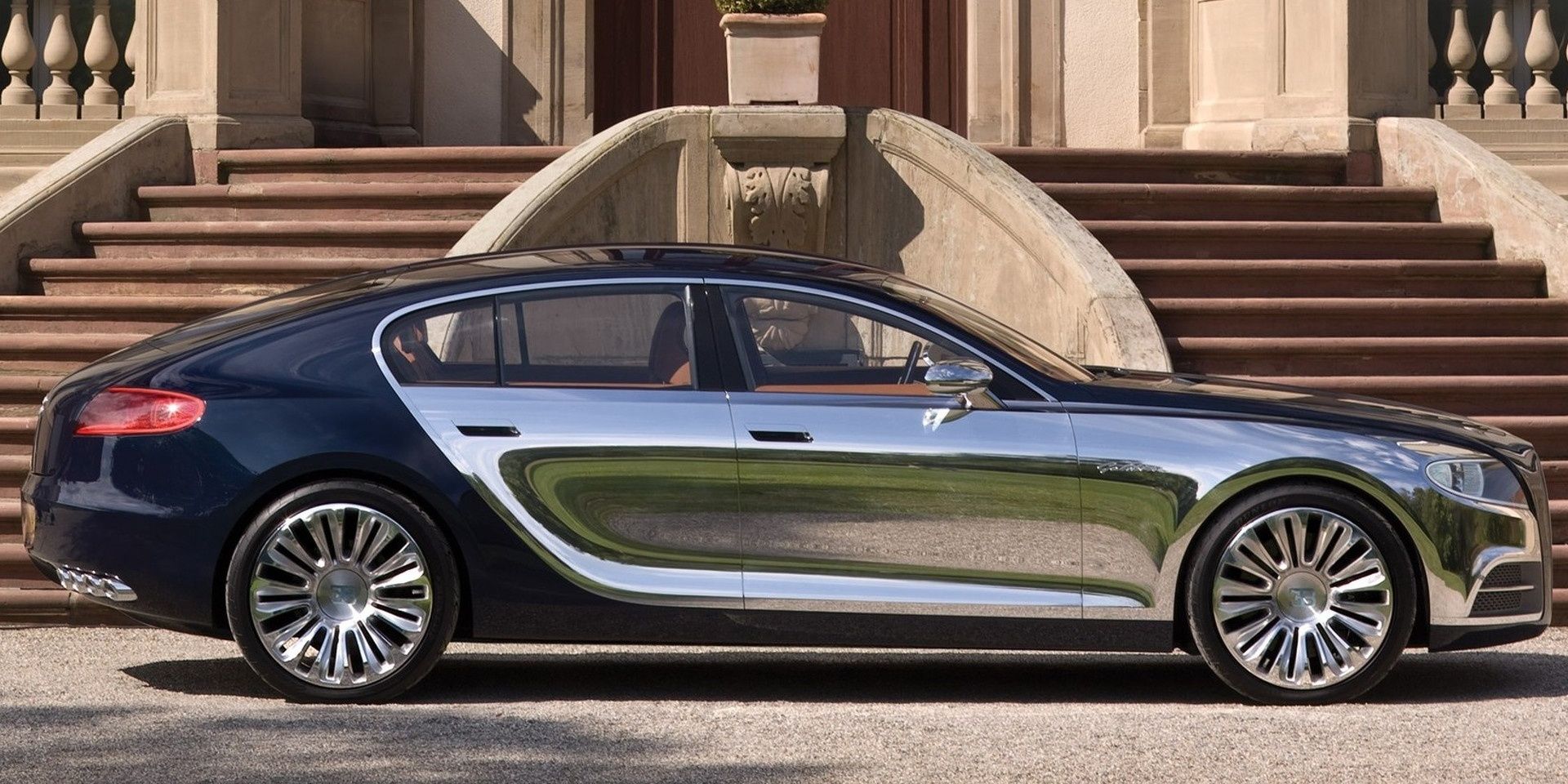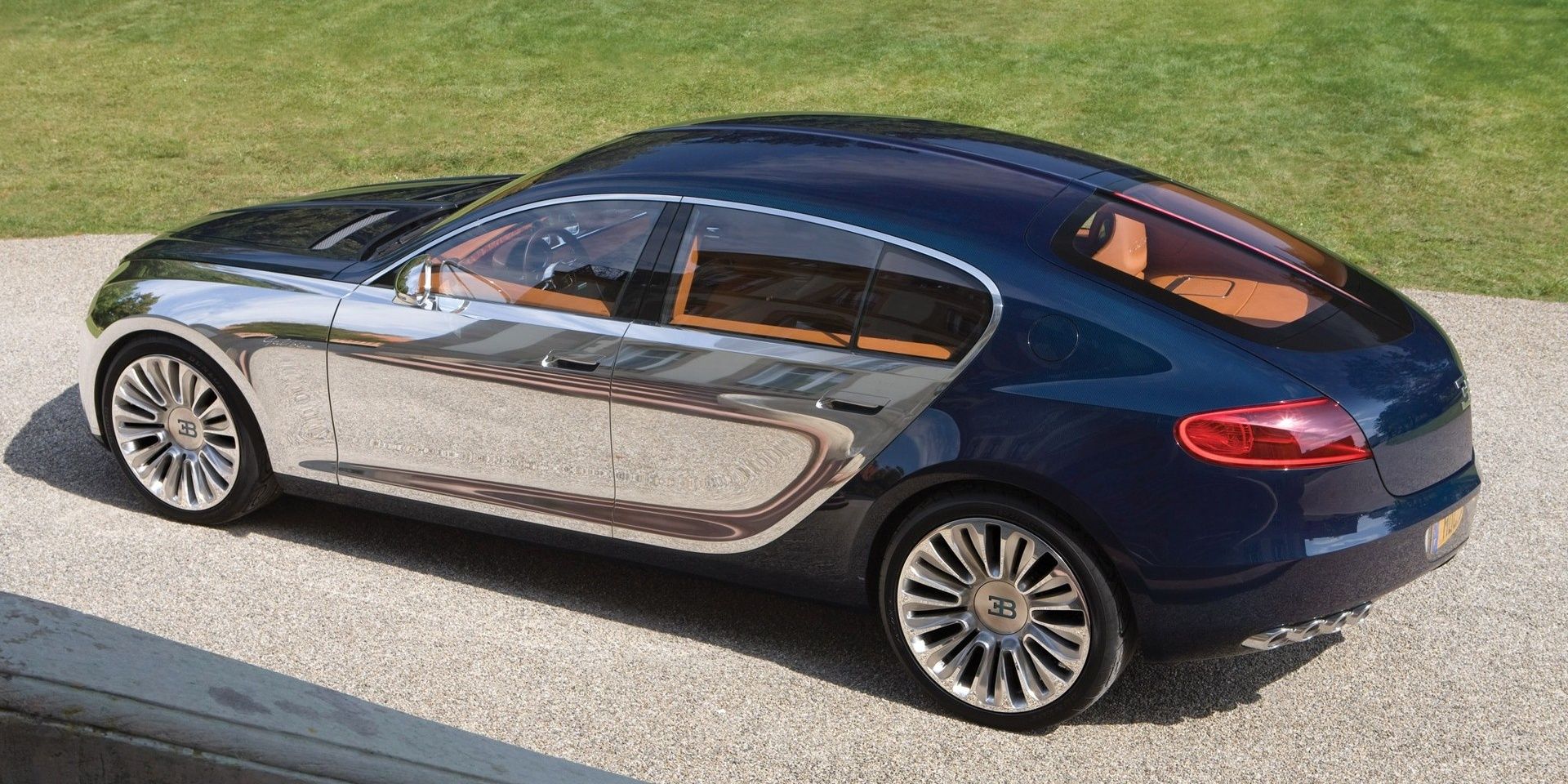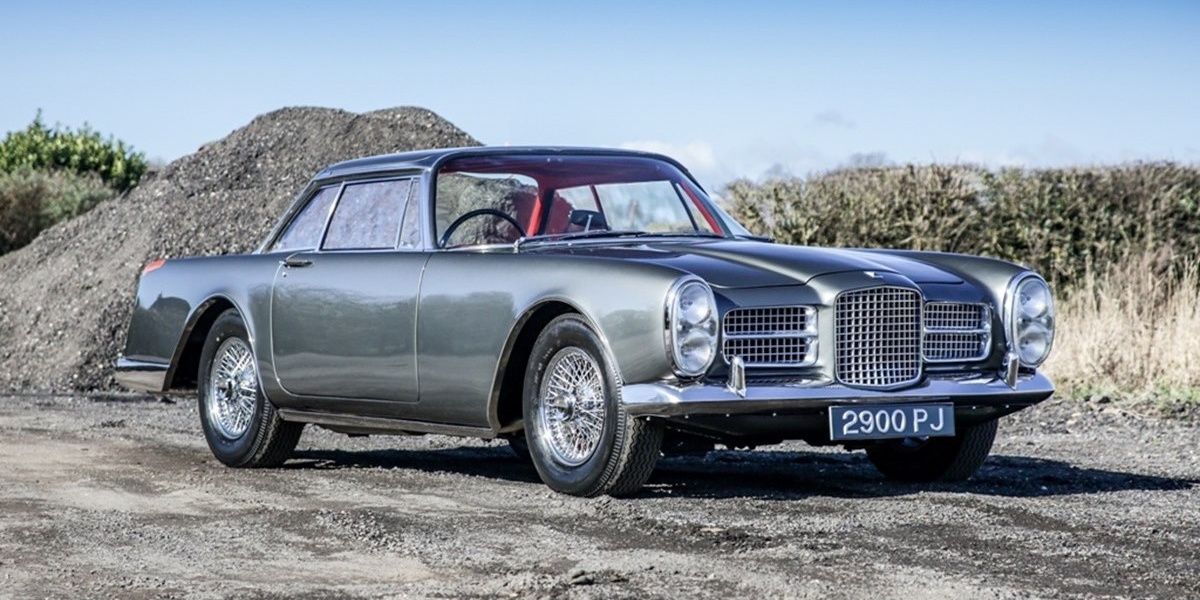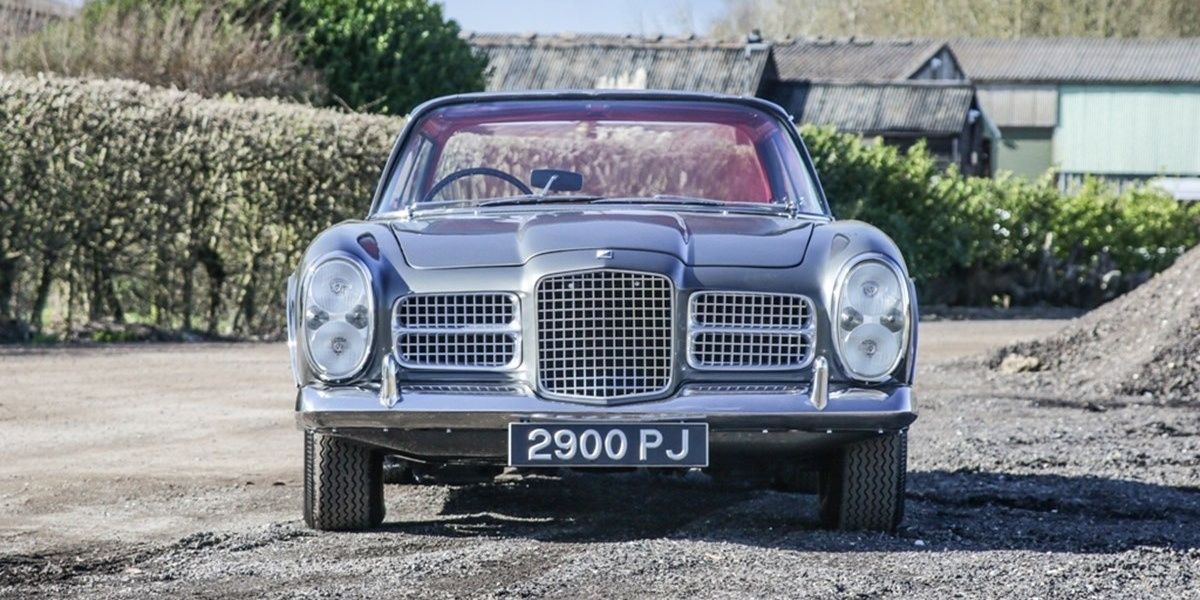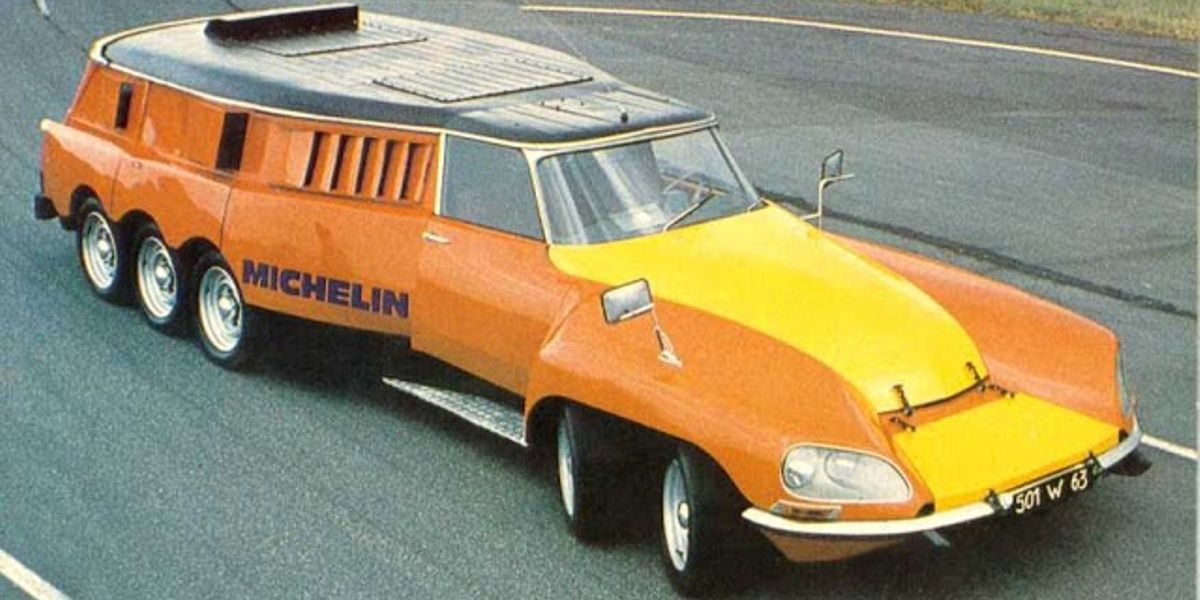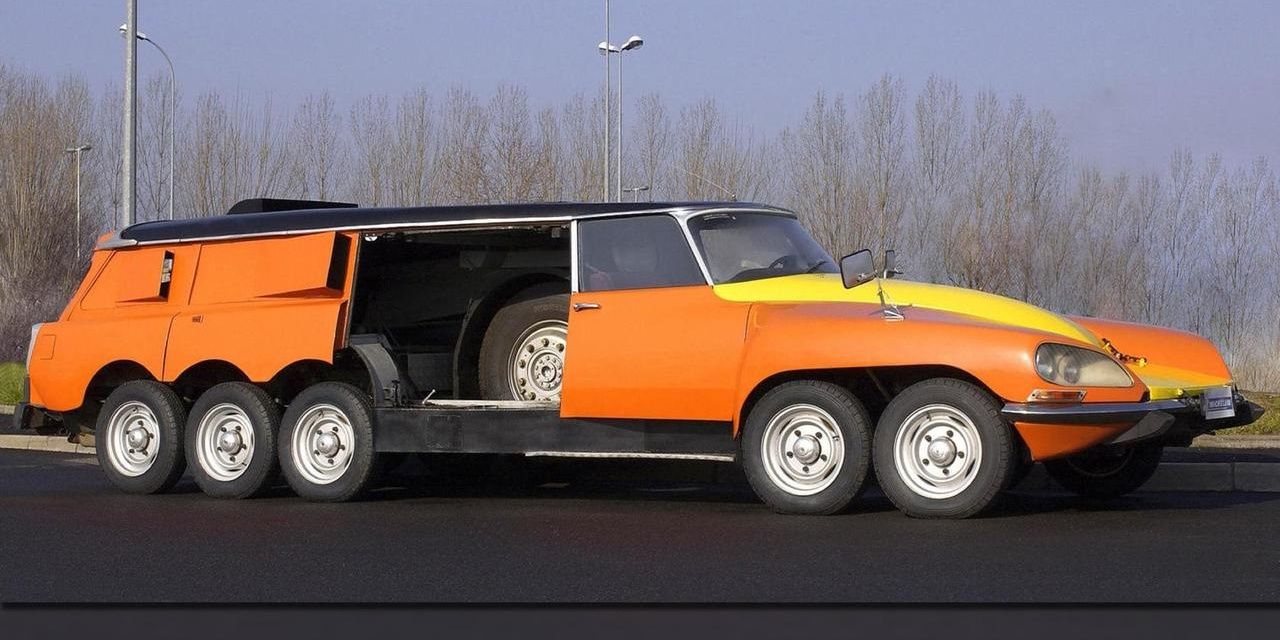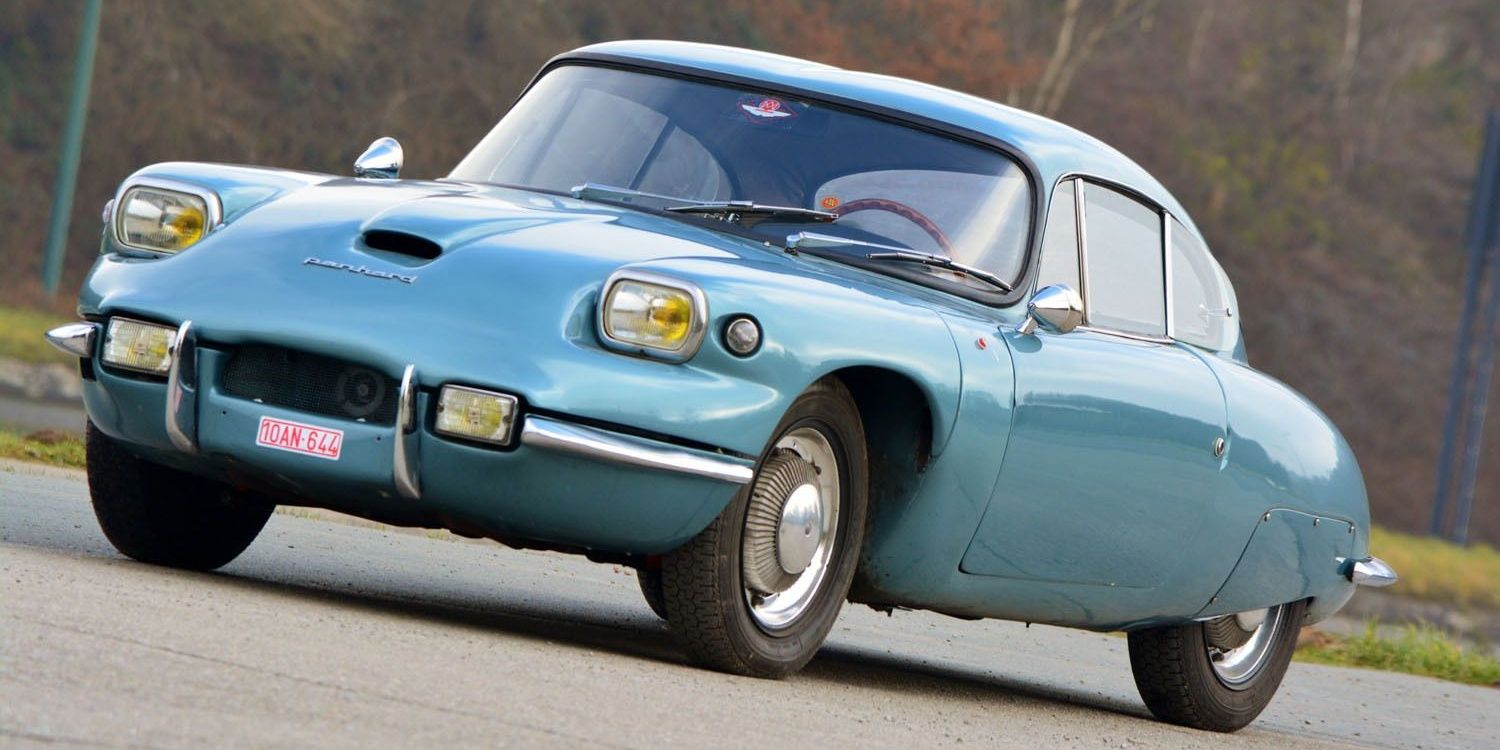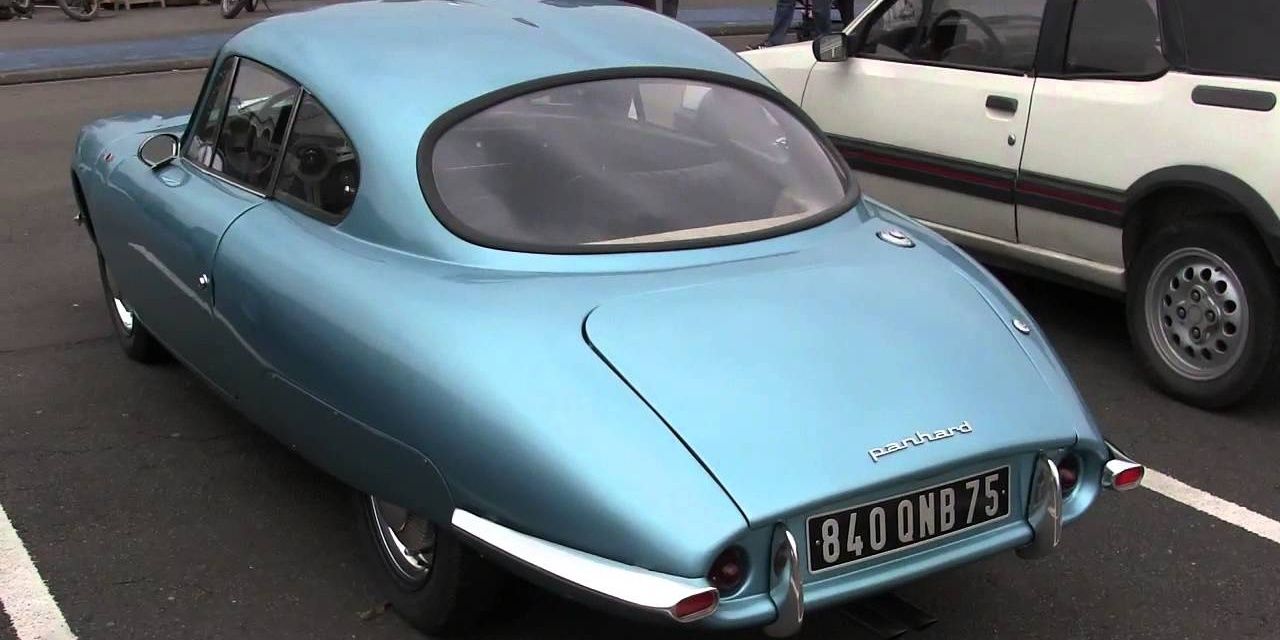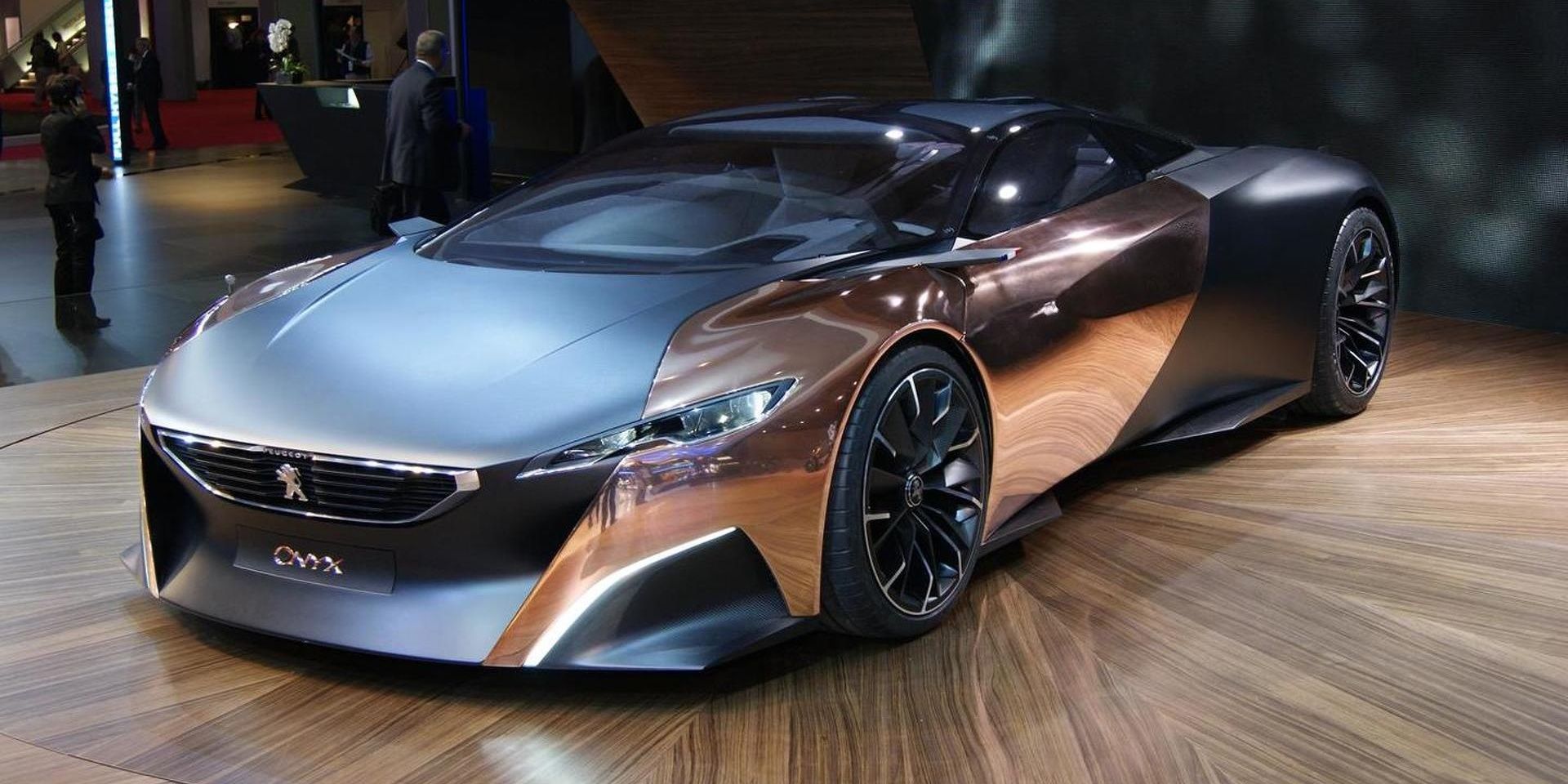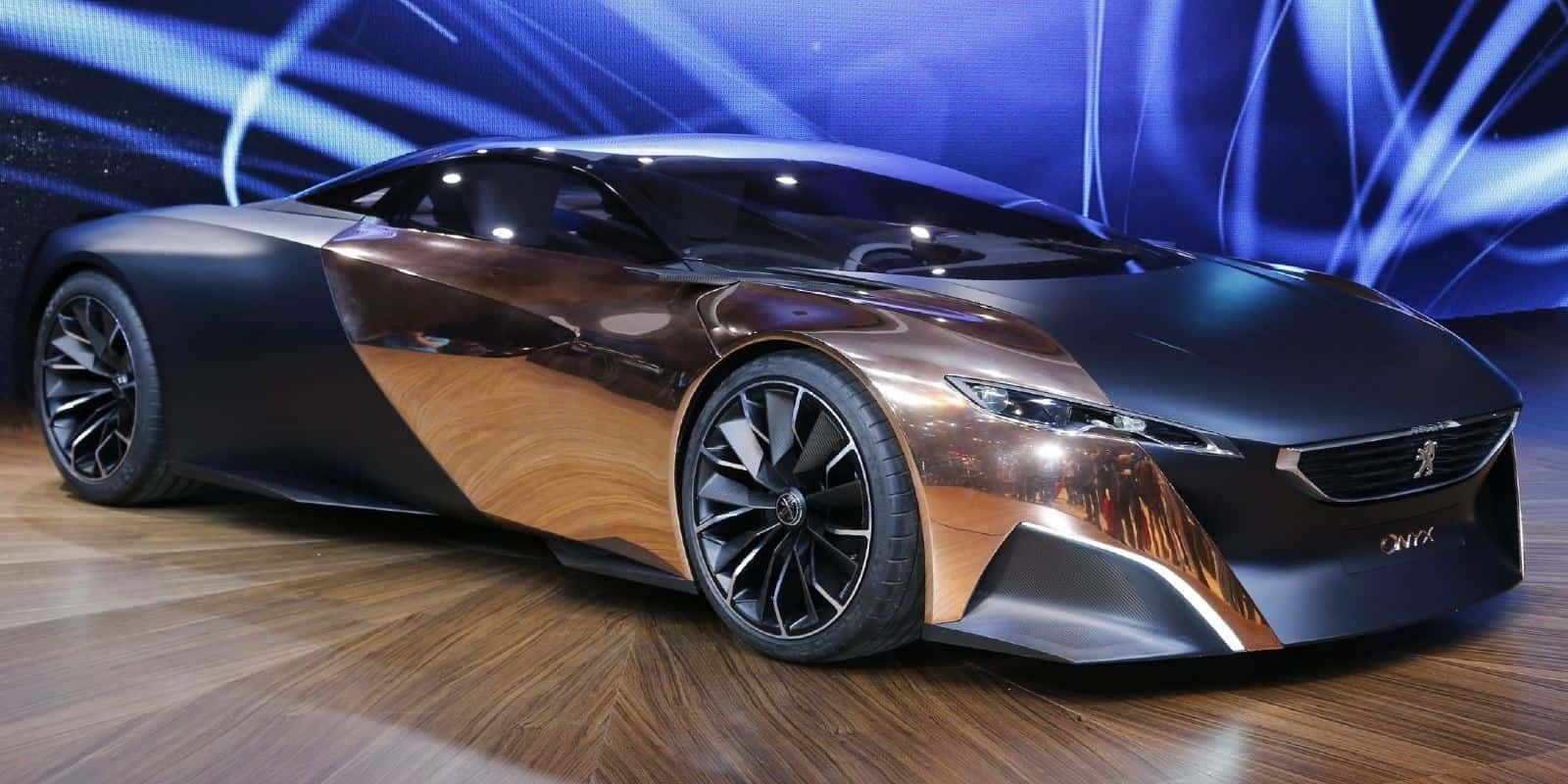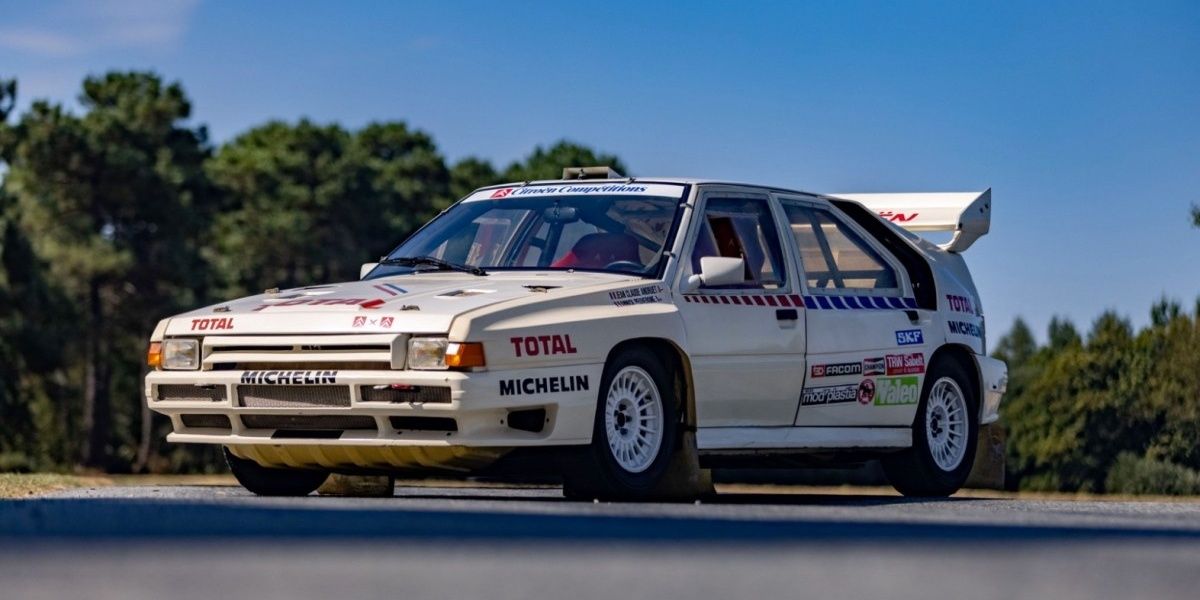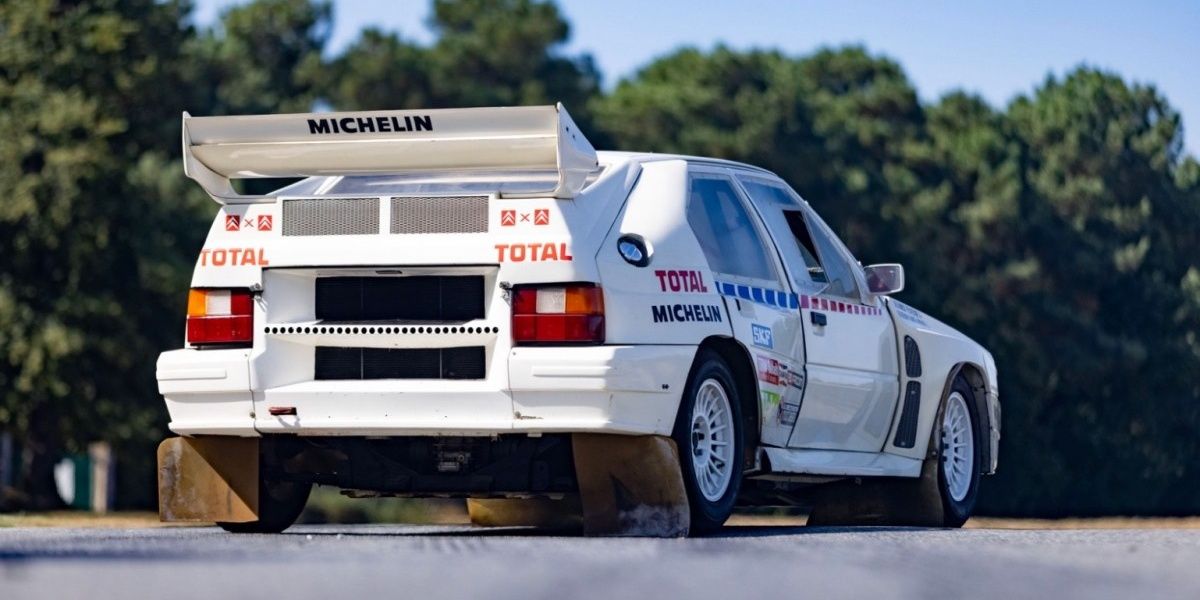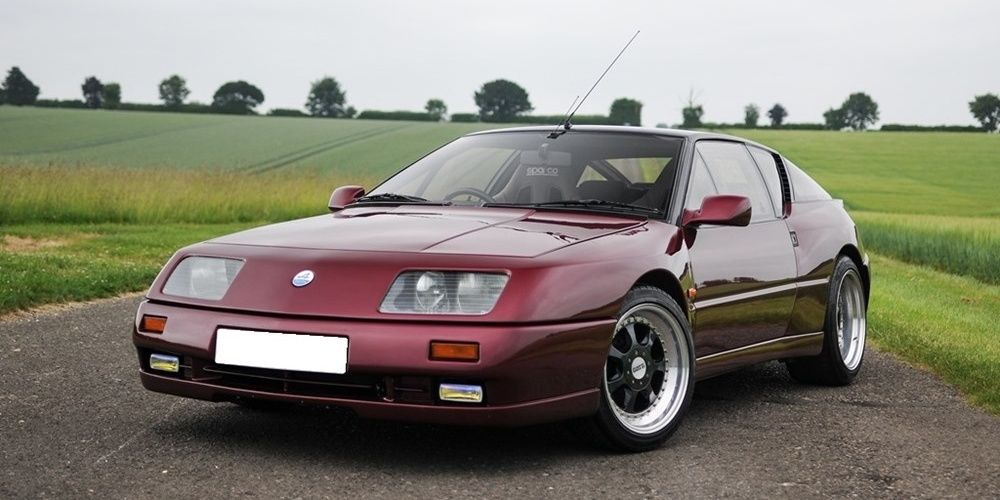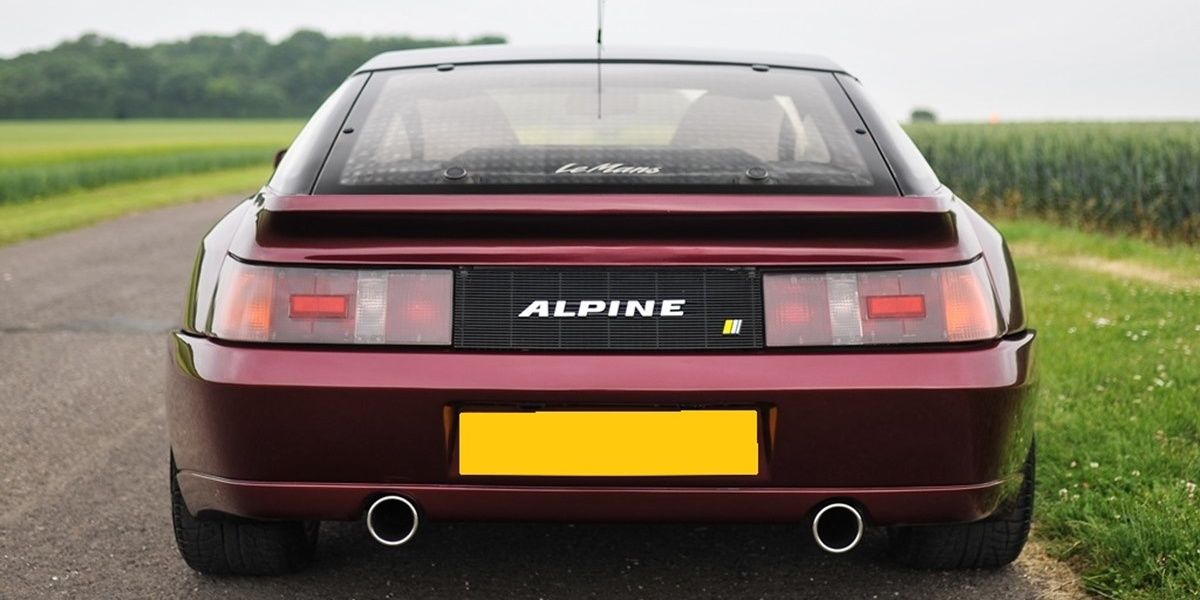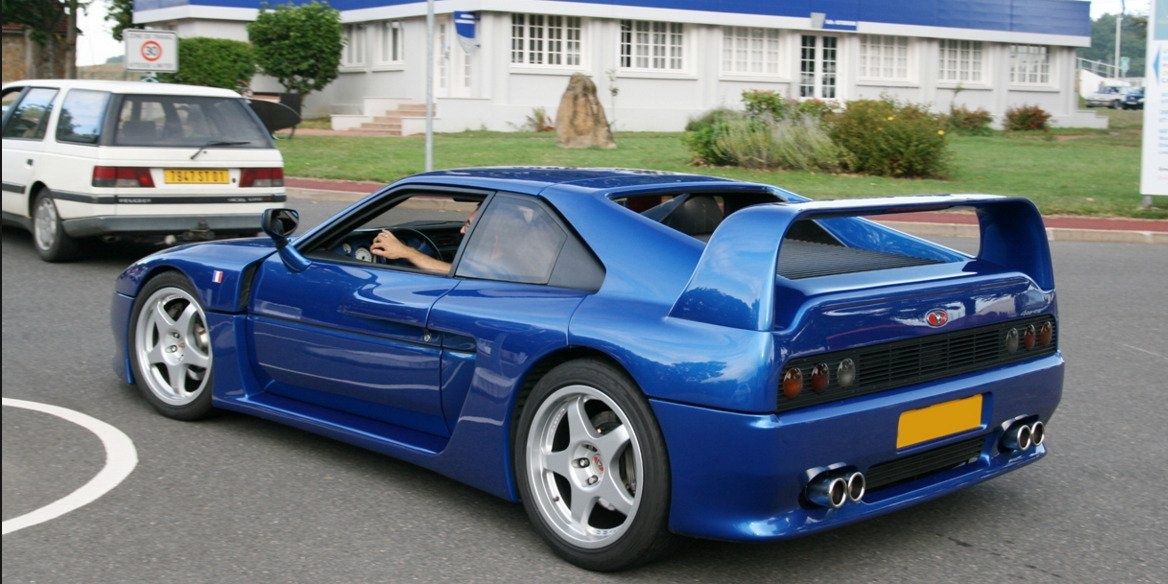The French car industry has been criminally underrated over the years, as they've been putting out all manner of world-class vehicles which often get quickly forgotten about. France and its carmakers were instrumental in the development of the early automobile, and since then they've stayed at the cutting edge of automotive technology and performance. There are plenty of forgotten models from long-dead brands like Delahaye and Panhard, but even present-day manufacturers such as Citroen and Renault have plenty of hidden gems in their back catalog.
France is probably known best for its sports and supercar industry, as cars like the Bugatti Veyron have helped define what modern-day performance looks like. But, that's not all, as the nation's carmakers have also put out class-leading luxury vehicles, innovative one-off prototypes, and even Group B rally monsters over the years. Let's take a look at ten of the coolest French cars from all of these areas that most enthusiasts will have forgotten about.
10 Renault Clio V6
The hot hatch market was already a fiercely competitive one back in the early 2000s, but Renault stepped things up a notch with the Clio V6. It was developed in collaboration with Tom Walkinshaw Racing, and with 252 hp it was the world's most powerful production hot-hatch upon its release.
The V6 saw one of the most drastic overhauls of any hot hatch ever, with a wider chassis and new body shell to differentiate it from the regular Clio hatchback. The car was also converted from the regular Clio's FWD to a RWD setup, and the interior was almost completely stripped of anything deemed "non-essential" to save weight.
9 Delahaye 135MS
One of the earliest automobile manufacturers, Delahaye was founded in 1894 and eventually went bankrupt in 1954. The 135MS was one of the brand's first sports cars, and it set the standard very high for other French automakers to follow.
It entered several prestigious races like the Alpine Rally and posted competitive results, which is no surprise as the most powerful version of the car offered over 160 hp, a staggering figure back in the Forties.
8 Bugatti 16C Galibier
The 16C Galibier was supposed to be Bugatti's first luxury super GT, but it was eventually scrapped as VW bosses weren't happy with its design. Rumors began to circulate that the production version of the car would look drastically different from the original concept, and eventually the whole project was axed.
There's no doubt that the concept version is a real head-turner, but perhaps VW executives were right to cancel the project if the final version couldn't live up to the original concept. The 16C turned out to be instrumental in Bugatti's history anyway, as the company's engineers began developing the Chiron in secret as a way to save their jobs when it became clear that the 16C would be axed.
7 Facel Vega II
Italian Sixties GT cars seem to increase in price every time one crosses the auction block, but French cars from the same era don't get the same treatment. The Facel Vega II is one such car, with only 180 examples produced between 1962 and 1964.
It combines timeless French styling with a beating American heart, namely a 6.3L Chrysler V8 making 390 hp in top-spec form. It's undoubtedly stunning and reviewers of the era called it one of the best luxury cars on the market, but even so, an example can be picked up today for around $250,000, making it a bargain compared to a Ferrari or a Bizzarrini from the same era.
6 Michelin PLR
This very strange creation was made by tire company Michelin in collaboration with Citroen at the beginning of the 1970s. Its purpose was to test truck tires, as the tire could be fitted to a centrally-mounted axle as shown in the picture below.
It could then undergo a variety of tests in a controlled environment before needing to be fitted to a truck. The PLR is powered by two Chevy big-block 454 V8s, one for the car and one for the truck testing axle. Despite its Frankenstein-looking appearance, the car saw several decades of regular use before being retired to the Michelin Museum.
5 Panhard CD
Throughout the Fifties and Sixties, Panhard was at the forefront of automotive performance, although they switched to making commercial vehicles in the decades after and were quickly forgotten about by most enthusiasts.
The CD is a great example of their cutting-edge design, as when it debuted it was one of the most aerodynamic production cars ever made. It won its class when it competed at Le Mans in 1962, but it was also the last of its kind, as Panhard stopped making cars shortly after discontinuing the CD.
4 Peugeot Onyx
The Peugeot Onyx concept was unveiled in 2012 at the Paris Motor Show, and it's a fully-functional one-off sports car. Its most distinctive feature is its copper paneling, which was designed to change color over time, oxidizing with the air around it to form green copper oxide.
The car was taken around several international auto shows and even made an appearance at the Goodwood Festival of Speed, where it completed a run up the legendary hill climb course. It's still under the ownership of Peugeot today but hasn't made any public appearances for years.
3 Citroen BX 4TC Group B
In an era where Group B regulations meant almost any setup was allowed to compete in the World Rally Championship, the Citroen BX Group B car was an underdog, to say the least. Citroen's tight motorsport budget meant the car was very similar to its road-going version, making it considerably heavier than most of its competition.
It was also considerably less powerful than its rivals, as it put out around 380 hp while most other Group B cars made 500 hp. As a result, the BX was never successful in competition, running only three races before Group B was canceled over safety concerns in 1986. Citroen tried to buy back as many BX rally cars as it could and crush them, but it's thought around 30 examples of these plucky underdogs survived.
2 Renault Alpine GTA Turbo
Alpine may have made a solid comeback today with the excellent A110, but back in the Eighties, it was still a struggling brand that had just been bought up by Renault. The first product of this new era of ownership was the GTA, a sports coupe based on Renault parts but with Alpine's engineering expertise.
Several versions of the car were produced, and it became a sleeper hit in Europe, especially in the UK where emissions regulations were less strict and so more powerful versions of the car could be sold. The GTA still maintains a small but dedicated fanbase today, even if most other enthusiasts will have long forgotten about it.
1 Venturi Atlantique 400GT
Venturi was a company that should have been successful, as they had all the right ingredients but never managed to find many customers. The Atlantique was their flagship sports car, and it was produced throughout the Nineties until the company went bankrupt in 2000.
The 400 was the last iteration made, and it's both the fastest and the rarest, with only 15 road-going units built. It was a seriously quick car for its day, with track-ready handling and a top speed of over 180 mph. But, Venturi never managed to drum up enough interest in the car to turn a profit, and today the brand name has been bought up by a small electric vehicle company.

